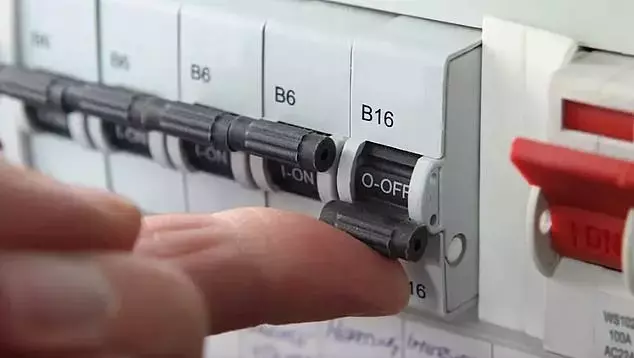




Empower Yourself: Master Emergency Utility Control at Home
The Alarming Reality: Britain's Utility Preparedness Gap
Recent investigations show that a considerable number of British residents, exceeding 22 million, are uncertain about the correct procedures for disconnecting vital home services like water, natural gas, or electrical power in urgent situations. This uncertainty could lead to exacerbated damage or danger during unforeseen incidents.
Widespread Ignorance Among Homeowners and Renters
Surveys indicate that a notable percentage of property owners are unfamiliar with the location and operation of internal water isolation valves, and an even larger group is unaware of their external counterparts. Similar findings emerge concerning gas shut-off valves, particularly among tenants, with a substantial portion admitting they wouldn't know how to act in the event of a gas escape. Furthermore, many individuals, including renters, are unfamiliar with their property's electrical control panel.
The Critical Importance of Knowing Your Controls
An expert from Direct Line Home Insurance stresses that understanding how to isolate water, gas, and electricity isn't merely a minor detail; it's a potentially life-saving skill that can dramatically reduce property damage. The expert also highlighted the responsibility of landlords to educate their tenants on these crucial emergency procedures, emphasizing that swift and safe utility disconnection is paramount for everyone's well-being.
Past Incidents Highlight the Need for Awareness
Personal experiences underscore the necessity of this knowledge, with many respondents having faced situations requiring them to cut off their electricity, water, or gas. Alarmingly, a significant proportion of these individuals were unable to perform the necessary actions when an incident occurred, showcasing the real-world impact of this preparedness deficit.
Managing a Water Outflow Incident
In the event of a water breach, locating the main stopcock is the first step. These valves are typically found in the kitchen, often beneath the sink, but can also be in other ground-floor areas. A stopcock resembles a faucet without an outlet spout and is positioned within the main water line. To stop the flow, simply rotate the valve clockwise. After shutting off the main supply, open household taps to drain residual water from the pipes.
Responding to a Natural Gas Odor
Should you detect the smell of gas, immediately shut off the main gas tap, usually located near the gas meter and identifiable by a handle that rotates ninety degrees. Ensure proper ventilation by opening all windows and doors. Crucially, refrain from operating any electrical switches, lighting flames, or using appliances that could generate a spark. For any gas-related emergency, contact the National Gas Emergency Service without delay.
Controlling Your Electrical Supply
To interrupt your property's electrical flow, find the consumer unit, commonly known as a fuse box. These panels, typically found in hallways, under staircases, or in utility cupboards, contain circuit breakers corresponding to different areas of the house. The primary switch, often colored red, usually sits at one end of the breaker row and will cut off power to the entire property. This unit is generally situated near the electricity meter, where the main power enters the building.
